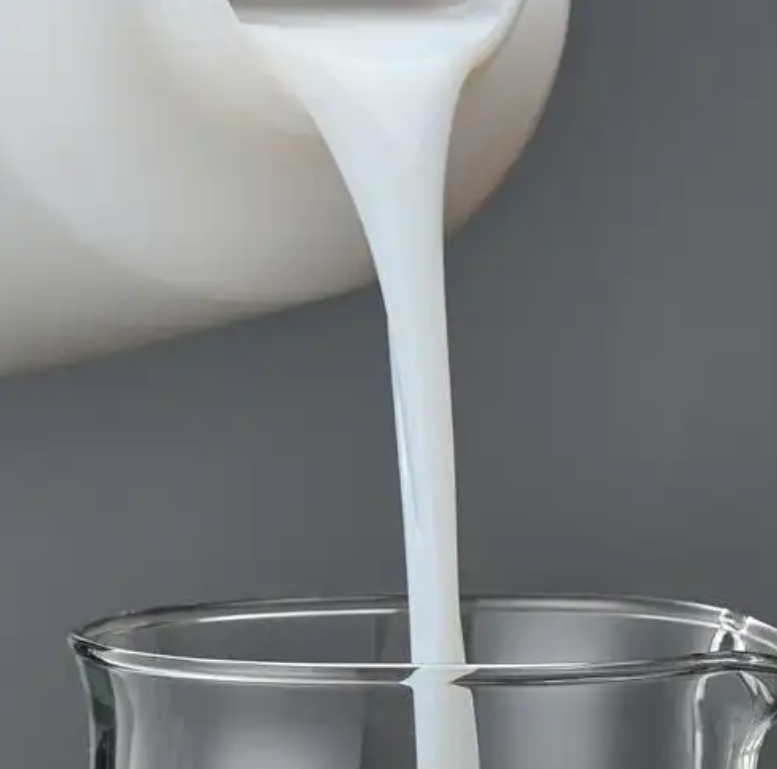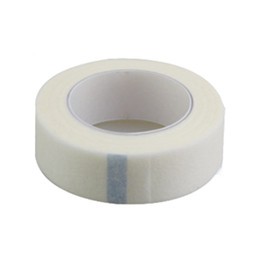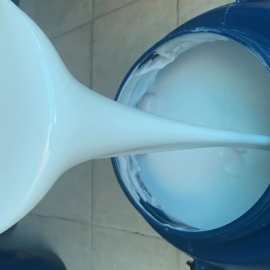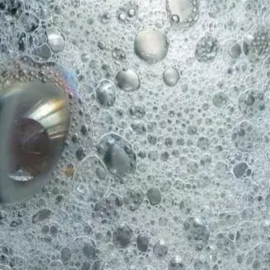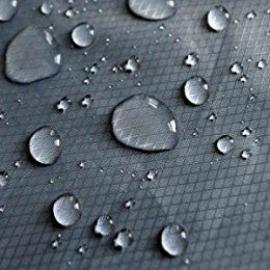Over the past decade, the smartphone and mobile device industry has undergone a revolutionary transformation. Leading manufacturers such as Apple, Samsung, and Huawei have continuously driven innovations in screen refresh rates, thinner designs, and structural innovations (such as full-screen and foldable screens). How is silicone resin, platinum-based silicone pressure-sensitive adhesive applied in smartphone screens and smartphones?
Silicone resin offers exceptional high-temperature resistance, excellent optical transparency, and long-term resistance to yellowing, meeting the demands of high-resolution displays and extreme operating conditions in smartphones. Its high bonding strength and strong adhesion adapt to emerging screen forms such as flexible curved surfaces and reusable bonding, while also exhibiting excellent compatibility with various substrates. Electrical insulation and outstanding chemical corrosion resistance ensure device safety and reliability in the encapsulation of internal modules and sensitive structural components within smartphones. Additionally, silicone resins are environmentally friendly and non-toxic, meeting global environmental regulations such as RoHS and REACH, making them an indispensable functional material in the high-end smartphone manufacturing sector.
There are seven aspects to introducing silicone PSA:
- What is the principle of silicone pressure-sensitive adhesives?
- Why use a platinum catalyst system?
- What are the requirements for pressure-sensitive adhesive materials?
- What are the advantages of silicone pressure-sensitive adhesives?
- What are the applications of silicone PSA in smartphone screens and devices?
- What is the market size and development trends of silicone psa?
- How to make silicone psa perform better?
1. What is the principle of silicone pressure-sensitive adhesives?
Silicone pressure-sensitive adhesive is a high-performance polymer material based on a polysiloxane backbone combined with silicone resin, which undergoes chemical cross-linking to cure and form a material with high adhesion, flexibility, and the ability to be peeled multiple times without leaving residue. Typical formulated versions use methyl/vinyl silicone oil and silicone resin as the main components, supplemented with antioxidants and cross-linking agents, and cured using a catalyst system (such as a platinum system).
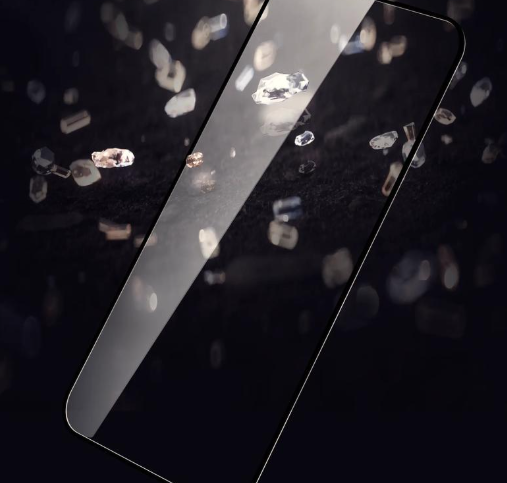
2. Why use a platinum catalyst system?
Silicone pressure sensitive adhesives are classified into condensation-type and addition-type based on their process and curing methods. Among these, the platinum-catalyzed addition-type system is widely used in high-end smartphone applications due to its mild cross-linking reaction, minimal byproduct generation, and uniform molecular structure and properties of the final product. This system not only adapts to various complex processes but also significantly enhances the adhesive's heat resistance, transparency, and environmental adaptability.
XJY-302 series Silicone Pressure Sensitive Adhesive (SPSA) is a kind of pressure-sensitive adhesive with the platinum catalytic system. It is a colorless, transparent, and viscous liquid with high peeling force and high-temperature resistance. This glue can be used for all kinds of adhesive tapes, with good aging resistance, and is suitable for low peeling force application of the protective film.
3. What are the requirements for pressure-sensitive adhesive materials?
In smartphone screen assembly, film substrates lamination, and module assembly, pressure-sensitive adhesives face extremely stringent application requirements, including:
(1) High optical transparency
(2) Ensuring the display area is free of haze, stray light, and dispersion, compatible with high-resolution displays.
(3) Low residue
(4) No residue buildup after multiple bonding and peeling cycles, without affecting the performance of the original components.
(5) High thermal stability and weather resistance
(6) Smartphones experience significant temperature fluctuations during daily operation; the material must withstand prolonged exposure to high temperatures (60–100°C) and short-term extreme conditions (e.g., welding, hot pressing).
(7) Excellent electrical insulation and chemical inertness
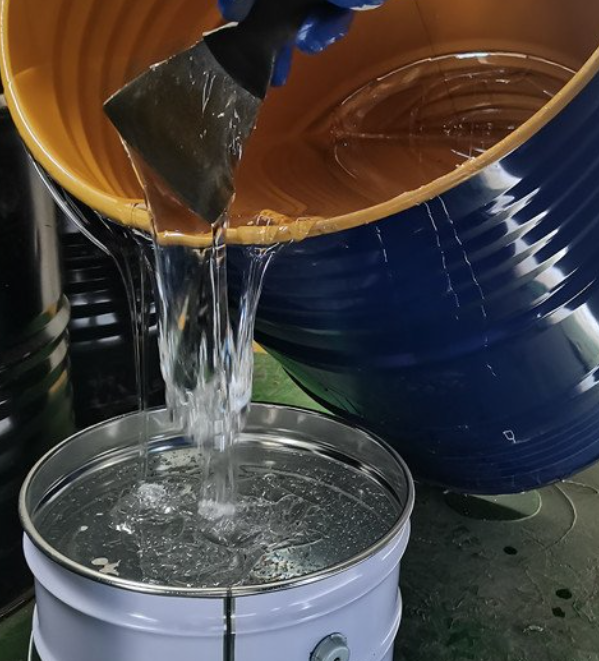
(8) Prevent screen short circuits, oxidation, and chemical corrosion.
(9) Stable mechanical properties
(10) Resistant to bending and tearing, suitable for the current trend toward flexible and foldable screens.
(11) While traditional acrylic-based and rubber-based PSAs are cost-effective, they often struggle to meet all performance requirements under the aforementioned conditions, particularly in high-end models where they may fail. This makes silicone the preferred choice for flagship products.
Since 2017, flagship smartphones launched by Samsung, Apple, Huawei, and others have adopted OLED/AMOLED displays, featuring thinner screen structures that impose multiple challenges on bonding materials. Flexibility, ultra-thin design, curved surfaces, and high sensitivity have set new, stringent requirements for pressure-sensitive adhesives.
4. What are the advantages of silicone pressure-sensitive adhesives?
4.1 Excellent High-Temperature Resistance
The unique Si-O backbone chemical structure of silicone resins enables them to maintain structural and physical stability even at temperatures above 200°C. In contrast, acrylic or rubber-based PSAs can only withstand temperatures of 80–100°C, while silicone psas can support stable operation of smartphones under extreme processes such as laser cutting and hot pressing.
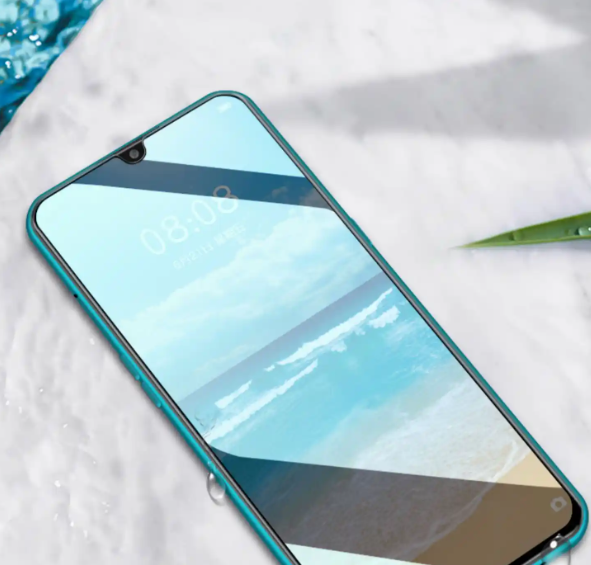
4.2 Long-lasting optical transparency
Platinum-based silicone pressure sensitive adhesives achieve extremely low impurity content, with light transmittance and clarity exceeding 98% (@550nm, refer to data from manufacturers like Dow Corning and Momentive), far surpassing commercially available acrylic adhesives. Additionally, they resist yellowing, ensuring long-term optical clarity and compatibility with high-end “full-screen” requirements like Retina and AMOLED displays.
4.3 Durable Adhesion and Peelability
Silicone PSA exhibits excellent initial tack and sustained adhesion, tightly bonding to various substrates such as glass, plastic, and PET. It leaves no residue and does not damage the substrate even after multiple peel cycles. Its adhesion durability (no peeling after 1,000 hours at 85°C/85% RH) has been verified by international smartphone panel suppliers.
4.4 Electrical Insulation and Chemical Stability
Organic silicone pressure sensitive adhesives have excellent electrical insulation properties (volume resistivity > 1x10^14 Ω·cm), are resistant to oxidation and acid-alkali, and prevent moisture-induced short circuits in smartphone structural components. Their safety protection functions are particularly prominent in high-humidity and strong-sunlight environments.
4.5 Biocompatibility and Environmental Friendliness
The decomposition signs of silicone adhesive are primarily silica, which is non-toxic to humans and recyclable. It contains no halogen solvents and no volatile harmful substances (VOCs), and complies with global environmental regulations such as RoHS and REACH, making it suitable even for personal care and medical applications.
5. What are the applications of silicone PSA in smartphone screens and devices?
5.1 Screen Laminating and High-End Encapsulation
High-end smartphone displays use OCA optical adhesives (hydrogel films) or precision PSA layers for surface mounting. Silicone pressure-sensitive adhesive is primarily used for:
Laminating glass covers with display modules
Ensuring bubble-free and wrinkle-free lamination, resistance to yellowing, and high-definition clarity;
Laminating fingerprint recognition/facial recognition modules
Requiring extremely high optical and mechanical properties to avoid signal interference and aging degradation;
Flagship models such as the Samsung Galaxy S, Apple iPhone X, and subsequent models, and Huawei Mate series have explicitly adopted silicone OCA pressure-sensitive adhesive/double-sided tapes solutions. Relevant data can be referenced from technical releases and patent disclosures by companies such as Samsung Display and BOE.
5.2 Flexible OLED and Foldable Screen Applications
The rise of flexible AMOLED/POLED displays has imposed extremely high demands on “bending cycle endurance and fatigue-resistant lamination.” Flexible screen smartphones like the Samsung Galaxy Fold and Huawei Mate X series have publicly procured silicone pressure sensitive adhesive films (such as Dow Corning Q3-6611 and Nitto Denko 57120) for use in bonding cover plates to flexible substrates, module spacers, and other applications. Silicone adhesives have become core materials due to their exceptional flexibility, ability to withstand multiple deformations, and resistance to cracking.
Real-world example 1: Nitto Denko (Japan)
Nitto Denko is the world's largest supplier of high-end pressure-sensitive adhesives. Its silicone-based pressure sensitive adhesive tapes for foldable screens have been mass-produced for major brands such as Samsung, Huawei, and Motorola foldable smartphones (refer to Nitto's annual sustainability report and company announcements from 2021 to 2023).
Real-world example 2: Dow Corning (now part of Dow Chemical)
Dow Corning's publicly disclosed Q2-7406 and Q3-6611 silicone pressure-sensitive adhesives are used in the bonding of flexible AMOLED modules for Samsung, LG, and other brands (see material application introductions from 2020 and 2022). These adhesives offer extremely high bonding strength and weather resistance, with publicly available information verifiable through Dow Chemical's official website.
5.3 Screen Protective Films and Functional Film Materials
The core adhesive layer of mainstream high-definition smartphone screen protective films and curved films primarily uses silicone pressure sensitive adhesives. For example, Japanese company Sanmei Kasei, 3M, and Samsung SDI have publicly announced mass production of high-definition eye-protective films for iPhone and Samsung Galaxy smartphones, utilizing silicone pressure sensitive adhesive solutions, with key selling points including “low haze, no residue, and reusable adhesion.”
5.4 Applications in Structural Components and Module Assembly
In smartphone interiors, silicone pressure-sensitive adhesive tapes are frequently used for positioning, insulation, and vibration damping of micro-structural components in locations such as flexible printed circuits (FPCs), camera modules, earpiece/sensor mounting, and speaker waterproofing. For example, 3M 9731, 5611, and other series of silicone double-sided tapes have been widely adopted by leading global module manufacturers (such as Sunny Optical, O-Film, and Luxshare Precision) for precise bonding and adherence of smartphone mini-components like cameras and earpieces.
5.5 Screen Frames, Heat Sinks, and Specialized Applications
Pressure-sensitive adhesives used in smartphone heat sinks must exhibit thermal stability, strong adhesion, and no interference with heat conduction. Global leading material companies such as Dow and Henkel have released silicone-based psas for smartphone heat sink modules. Relevant application cases can be referenced on the official websites and patent databases of these manufacturers.
6. What is the market size and development trends of silicone psa?
6.1 Global and Chinese Organic Silicone Pressure-Sensitive Adhesive Market Analysis
According to data from Grand View Research and MarketsandMarkets' 2023 annual reports, the global organic silicone PSA market size exceeded 3 billion USD in 2022, with a compound annual growth rate of over 8%. The Asia-Pacific region, especially China, is the largest growth market globally. Smartphone displays and consumer electronics are the largest segments, accounting for over 40% of the market.
Domestic display module manufacturers such as BOE, Visionox, Shenzhen Tianma, and CSOT have all achieved localized mass production of organic silicone pressure-sensitive adhesive materials, with the related market size expected to exceed 2.5 billion RMB by 2026.
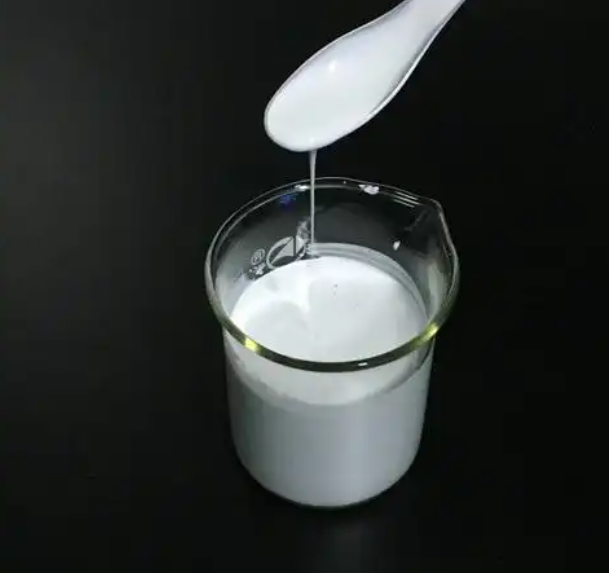
6.2 New Demands for Flexible Screens and “Bezel-Less” Designs in Smartphones
Under the trends of flexibility, foldability, and full-screen integration, only pressure-sensitive adhesives with high flexibility, fold resistance, ultra-thin profiles, and optical-grade transparency can meet the manufacturing requirements of the next generation of smartphones. The company's flagship silicone resin platinum-based pressure-sensitive adhesive precisely addresses these market technical challenges, serving as a foundational material for the structural upgrades of smartphones and next-generation smart devices.
6.3 Market Prospects for Next-Generation MiniLED/MicroLED
As MiniLED/MicroLED displays advance toward commercialization, backlight packaging and chip bonding processes are placing higher demands on high-end pressure-sensitive adhesives. Organic silicone resin PSA, with its outstanding thermal stability and optical performance, will continue to dominate the high-end and ultra-high-end markets (see public reports from companies such as Sanan Optoelectronics and TCL Huaxing, as well as supply chain procurement trends).
7. How to make silicone psa perform better?
Silicone resin platinum-based pressure sensitive adhesives, with their high reliability, high transparency, heat resistance, environmental friendliness, non-toxicity, non-yellowing properties, and compatibility with flexible processes and other adhesive properties, are becoming the material of choice for smartphone screen and structural component bonding. They are particularly indispensable in next-generation smartphone coated technologies such as OLED, flexible screens, bezel-less designs, and foldable screens, and have a wide array. How to Enhance Product Competitiveness?
XJY Silicones is one of China's leading manufacturers of silicone MQ resins and VMQ silicones, with over 30 years of R&D and manufacturing experience in the organic silicone industry, holding more than 15 related patents and technical support. Our silicone raw material products can meet the needs of the electronic pressure sensitive adhesive field and provide diversified customized solutions for qualified industrial users. Any problems or requests, please contact us on site!

